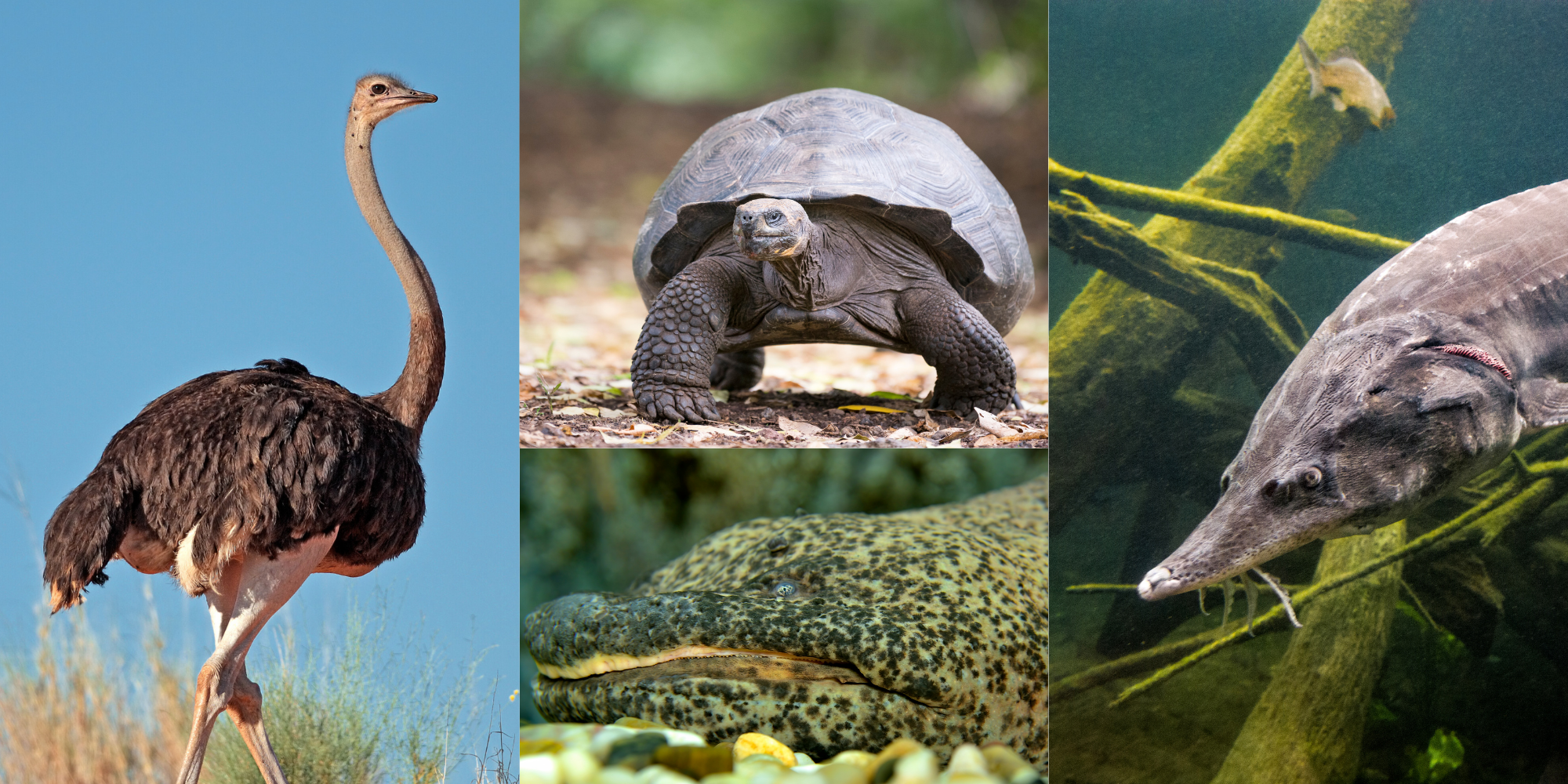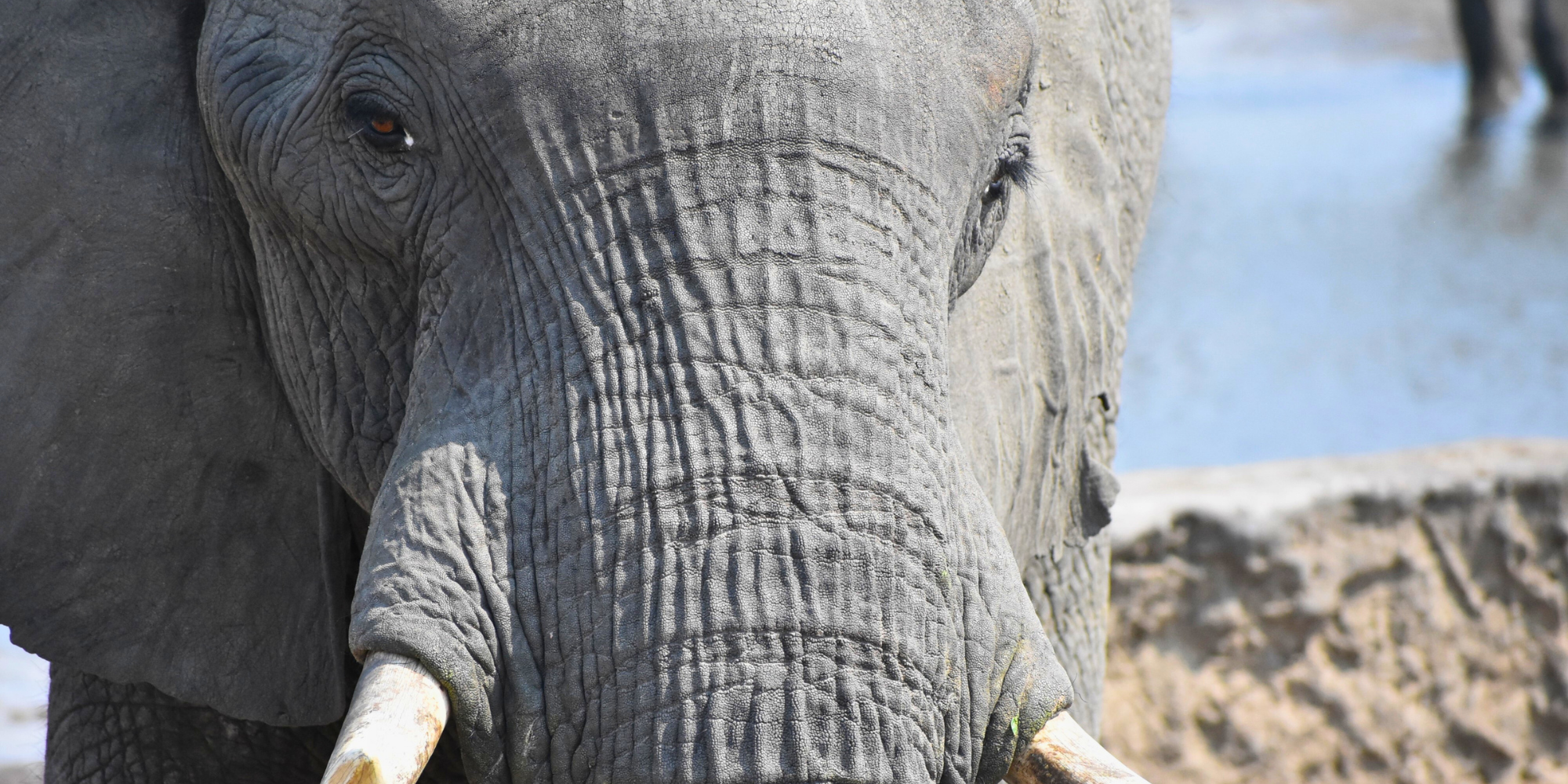Megafauna on the Menu: Demolishing ecology with our insatiable taste for the world’s largest species

Stori Smith
Senior Staff Writer for SAFE Worldwide
Megafauna on the Menu:
Eating Large Animals to Extinction

The world’s largest animals are collectively called megafauna. They are impressive not only in stature but also ecological impact. Conservationists describe them in many ways: keystone species with large influences on their ecosystem relative to their populations; indicator species whose wellbeing can indicate the overall health of their habitat; flagship species that captivate audiences, become the face of campaigns, and draw in donors. There is, however, another term to describe our planet’s largest inhabitants that we cannot accept:
Dinner.
We are demolishing ecology with our insatiable taste for the world’s largest species.
What’s at Stake?
Between the years 1760 and 2012, human hunting drove nine megafauna species to complete extinction or extinction in the wild. Since then, our influence on wild populations has only increased, with 70% of megafauna species currently in decline and 59% headed to probable extinction. According to a study published in 2019, harvesting for human consumption is the greatest direct threat to these animals. This, combined with other reasons for harvesting like medicinal use, bycatch, and trafficking, is risking all animal classes—fish, amphibians, birds, reptiles, and mammals.

Disrupting Ecological Order
We are not the only predators eating these giants. Wolves hunt bison, lions hunt giraffes, orcas hunt juvenile humpback whales. But humans are unique hunters operating beyond the constraints of other species.
Nature limits predator populations with finite food availability, but agriculture and global trade allow us to bypass this control. As a result, our population growth is explosive, geographic distribution expansive, and carrying capacity dismissed. We can also harvest much more than other predators. Tools like snares, rifles, and nets enable us to kill animals much larger and stronger than ourselves while side-stepping the danger other predators face in a hunt. This makes us such effective hunters, we have our own term: super-predators.
Our hunting strategies are also unique in the way we select our prey. Unlike other hunters, we often target healthy adults, species without natural predators, and other apex predators. This removes invaluable breeding individuals and disrupts ecological trends.
Due to higher resource requirements, megafauna exist at naturally lower numbers and reproduce at lower rates than smaller animals. By harvesting them–especially during their reproductive stage–we turn this natural life history into a crippling disadvantage. They’re not made to replenish their populations like most prey species.
We are eating large animals to extinction. Since history has never seen extinction lean so heavily toward megafauna, nature is likely unprepared to respond to these impending losses.

Protecting the Giants
While we clearly have the power to harvest and devour megafauna, we have a responsibility to suppress our appetite. How? We need to address lifestyles at each extreme of the financial spectrum.
Wealthier nations must stop increasing demand and prices for products–whether meat, medicinal, or decorative—that come from megafauna. Their governments also have the most power to campaign on behalf of wildlife and sustainable eating that replaces a taste for delicacies with conservation action.
While bushmeat hunting has its nefarious stakeholders, it also feeds impoverished families. We need international cooperation to share the initial financial toll of expanding reliable, sustainable food systems to poorer communities.
Public support spurs political action, so public awareness and engagement is another essential ingredient in halting megafauna harvesting.
A combination of government and grassroots efforts helped the International Whaling Commission successfully crackdown on commercial whaling in 1982. Perhaps we can extend a similar success to sharks, giant salamanders, ostriches, turtles, gorillas, and other animals we’ve forced onto our menus and endangered species lists. Rather than ingredients to be stirred into bowls, boiled on stoves, and sold in markets, let’s allow our world’s largest animals to be keystones, indicators, flagships, and, most importantly, alive.
Sources:
Ripple, William J., et al. “Are we eating the world’s megafauna to extinction?” Conservation Letters, vol. 12, no. 3, 06 Feb. 2019, https://conbio.onlinelibrary.wiley.com/doi/10.1111/conl.12627
Sawa, Dale B. “Deadly appetite: 10 animals we are eating into extinction.” The Guardian, 03 April 2019, https://www.theguardian.com/food/2019/apr/03/deadly-appetite-10-animals-we-are-eating-into-extinction


